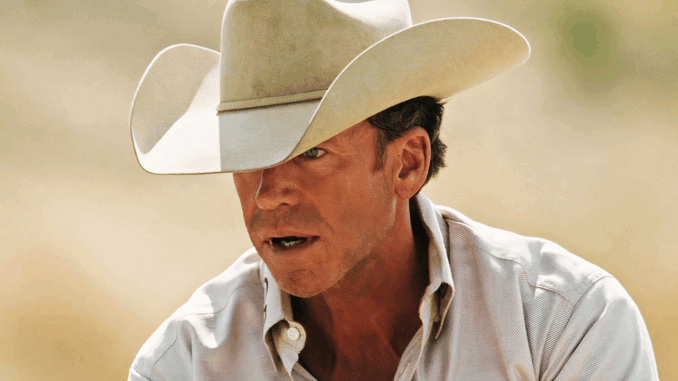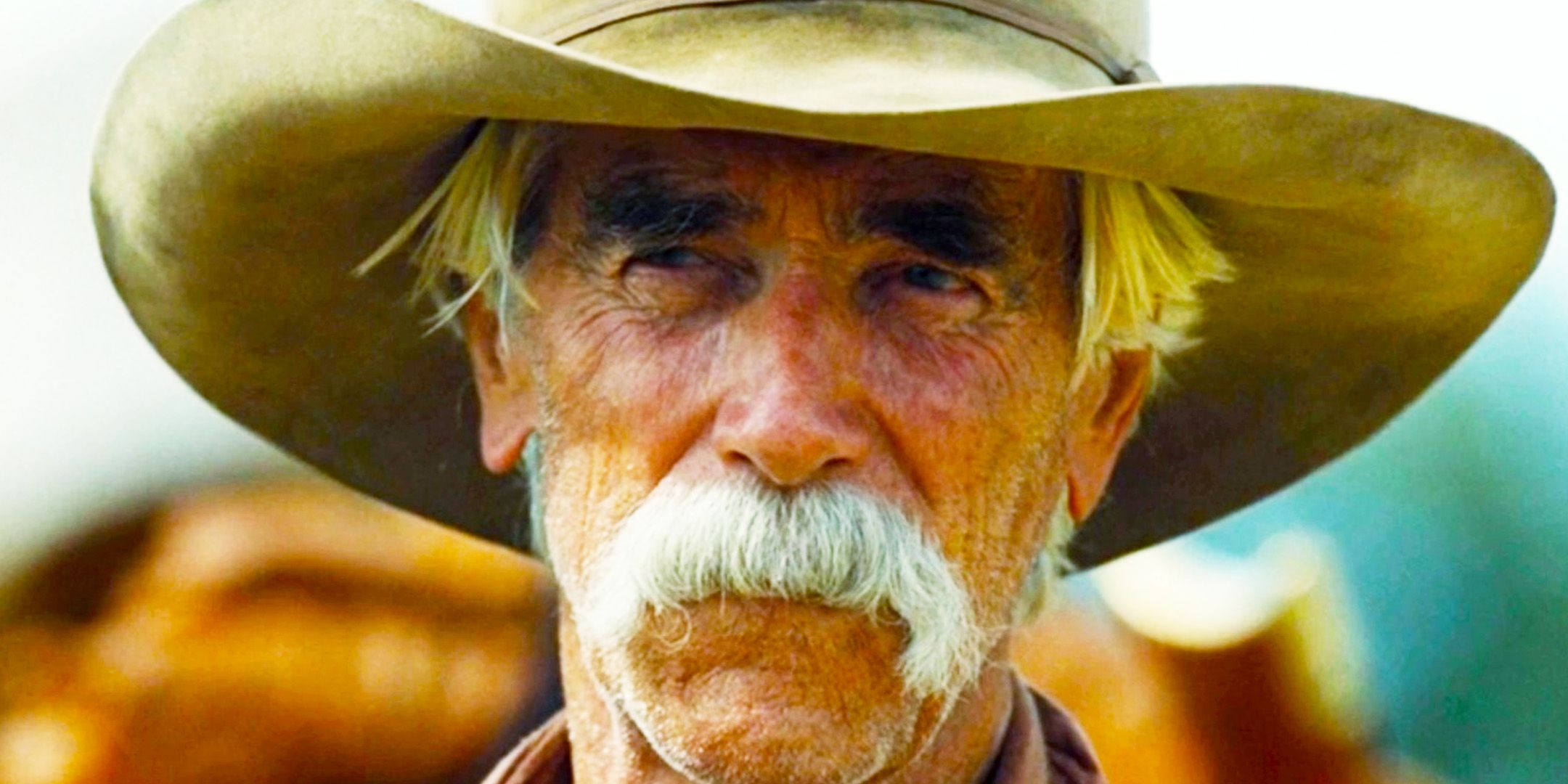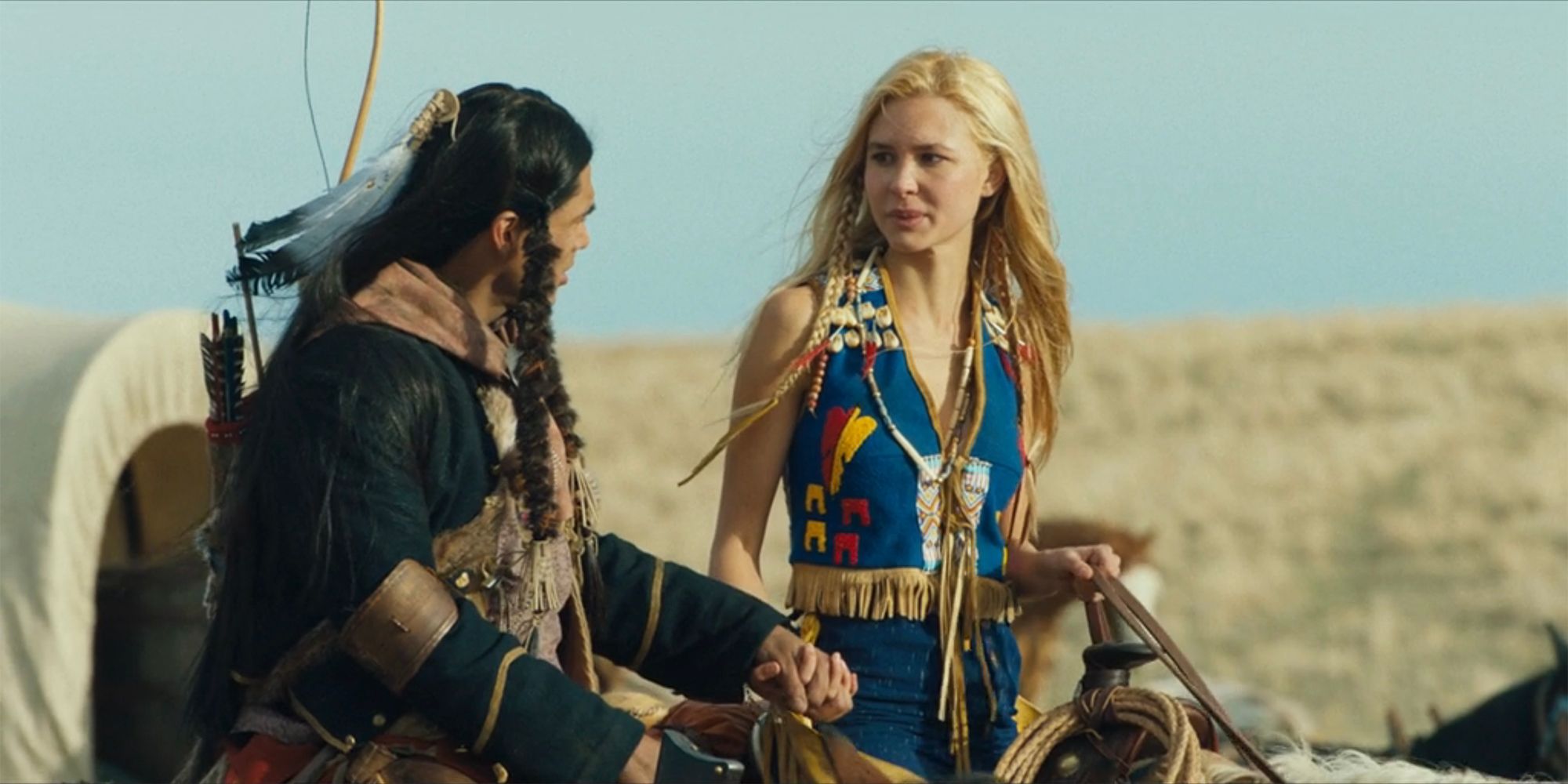
The show follows the Dutton family’s brutal westward journey in the late 19th century, framed with the scale of a feature film and the bite of real history. There’s no franchise padding here — it’s simply one of the best Western shows ever. Characters live, die, and leave their mark in the space of a single season.
We all know that Hollywood froths at the mouth at connected shows, but Taylor Sheridan’s shared universe is among the best.1883’s commitment to telling a complete story feels bold. It burns bright, finishes strong, and stands on its own as both a sweeping Western and a tragedy that lingers well beyond the final credits.
1883 Is Arguably Taylor Sheridan’s Best Western TV Show
From the opening moments, 1883 sets a different tone than Yellowstone. The pacing mirrors the slow, punishing progress of a wagon train, where every day brings a new risk — sickness, weather, or the wrong kind of stranger. There’s no glamour in this West; survival is the only reward.
Sheridan’s camera finds beauty without softening the danger. Wide shots show landscapes that could kill you as easily as they could inspire awe. By the time the 1883 ending arrives, the spinoff feels less like a prequel and more like a complete historical drama. It’s a self-contained tragedy that earns every tear.
How 1883 Compares To Taylor Sheridan’s Other Yellowstone Properties
Yellowstone thrives on ongoing disputes — land fights, family rivalries, power plays that can stretch over seasons. But 1883 trades that for a single, high-stakes journey. The tension in 1883 is about whether these people will live to see their destination.
Other spin-offs like 1923 carry some of the same grit but still leave room for continuation, while 1883 closes every door it opens. You don’t have to watch any other part of the Yellowstone timeline to feel satisfied, though it definitely deepens the larger saga if you do.
Why 1883 Only Lasted 1 Season
Sheridan designed 1883 to run for just one season. Paramount+ agreed from the start, which meant the story could move toward its conclusion without worrying about renewal.
That freedom shows. Characters can meet their fate when the story demands it, like a well-structured novel, not because of behind-the-scenes shifts. Every arc lands with intention, and the ending feels like the only possible destination. As a result, 1883 is arguably better than Yellowstone.
This brevity became part of 1883’s strength. By resisting the temptation to stretch things out, Sheridan leaves you with a Western that feels complete and fully realized. It’s a 10-hour unforgettable journey, and maybe the purest expression of what the Yellowstone universe can do.



